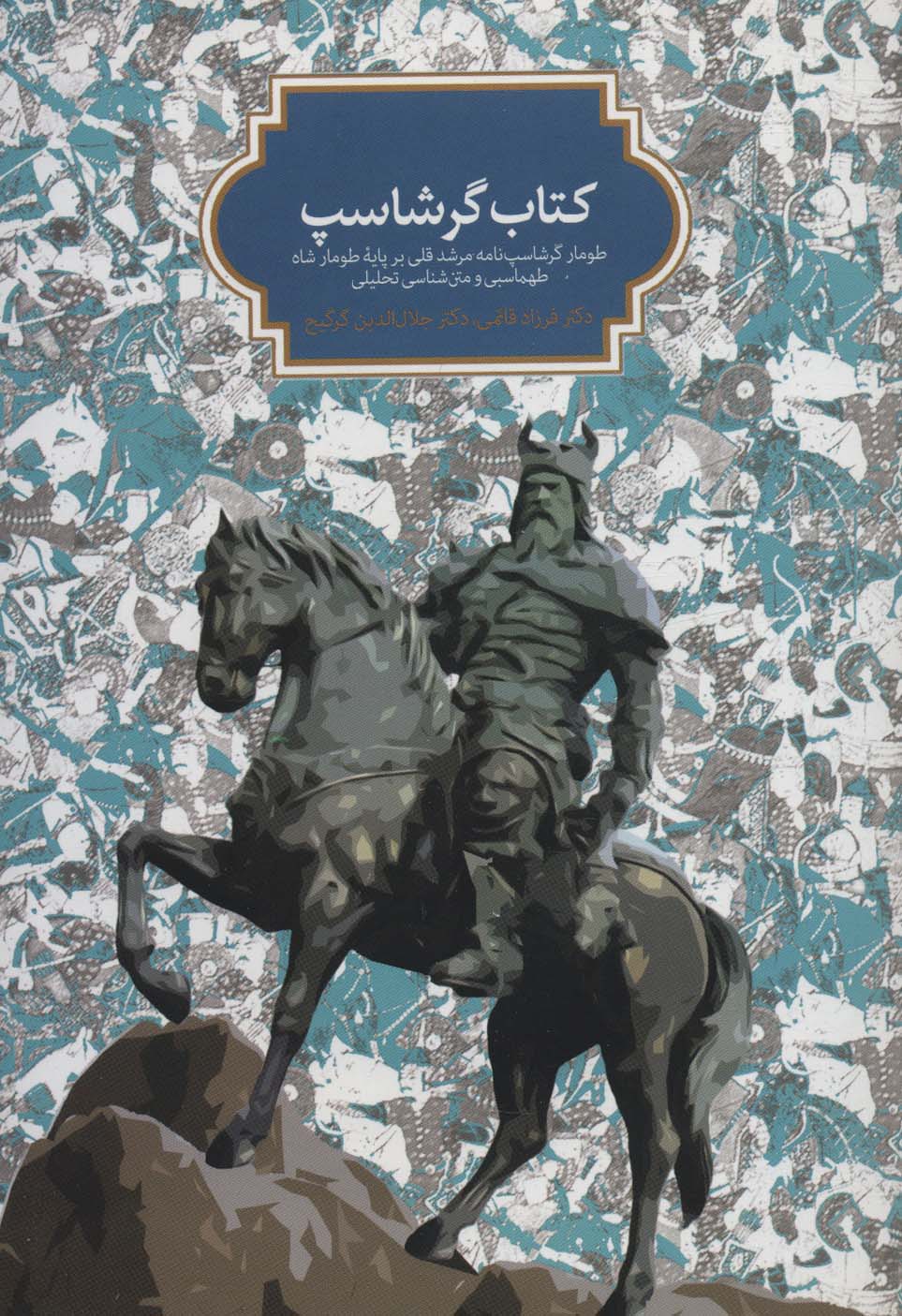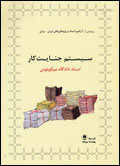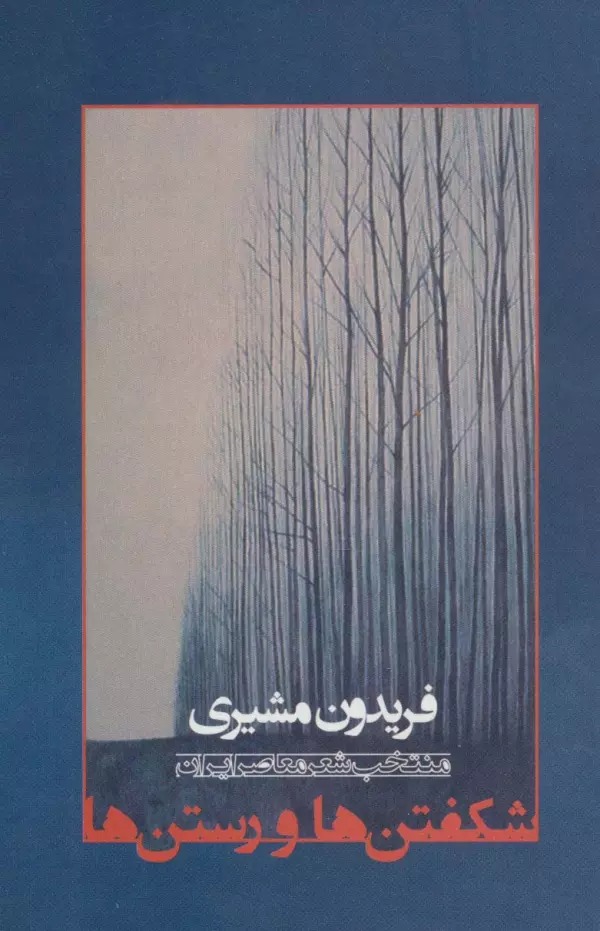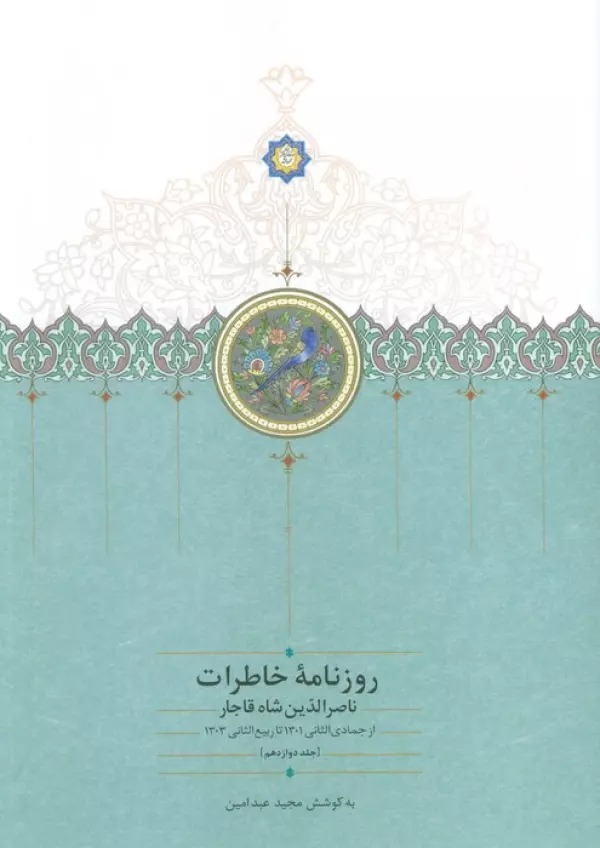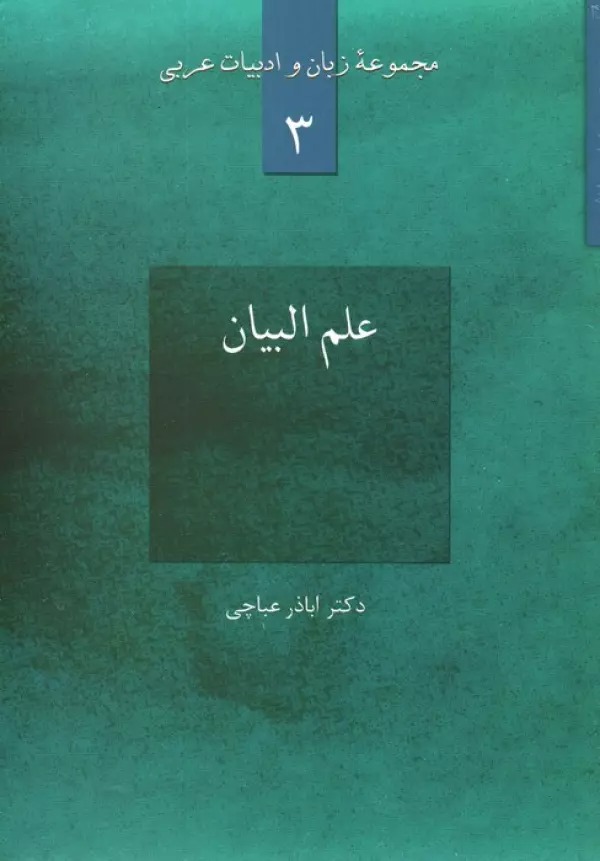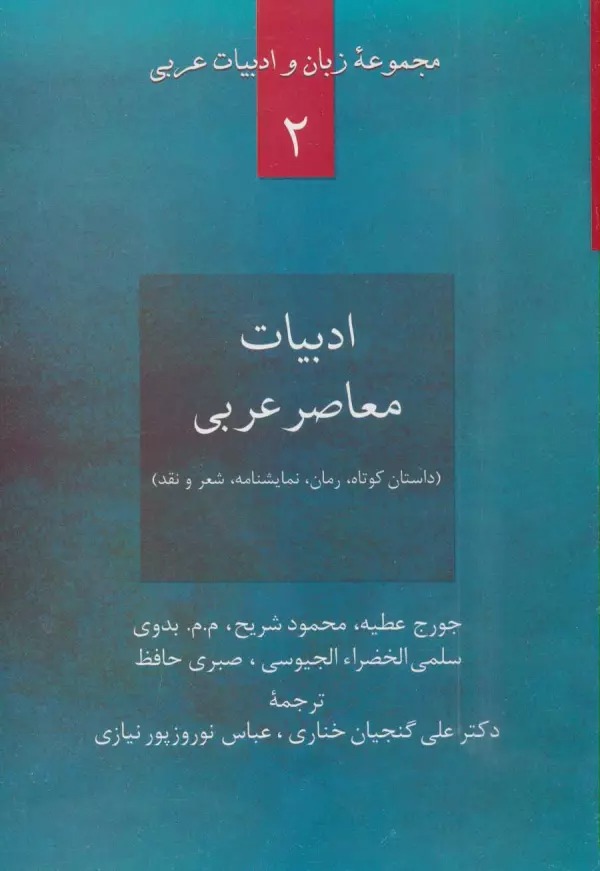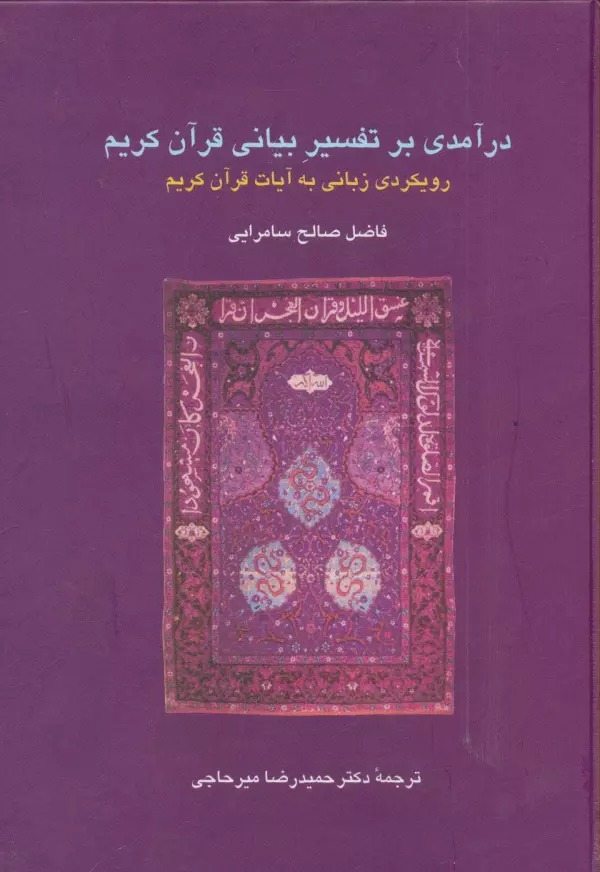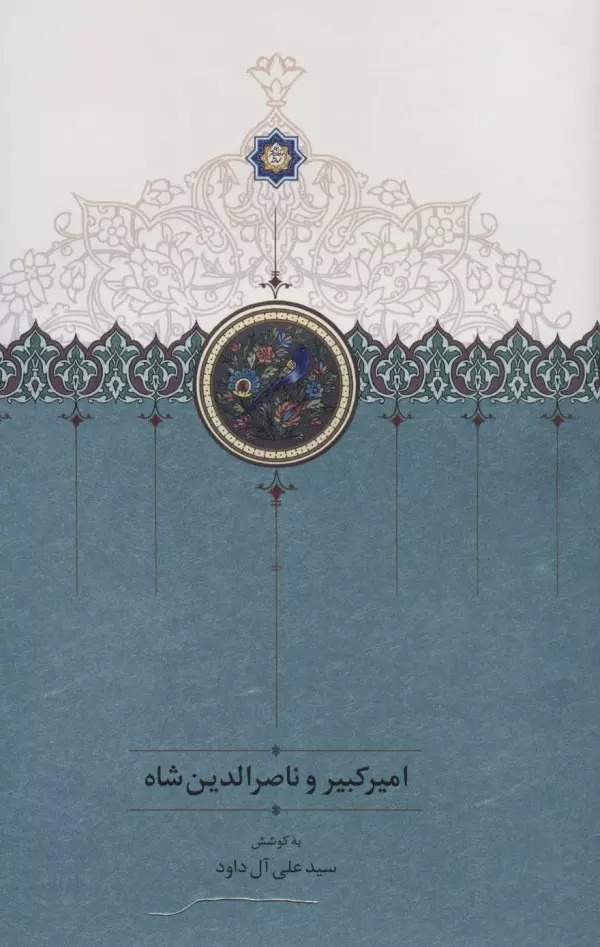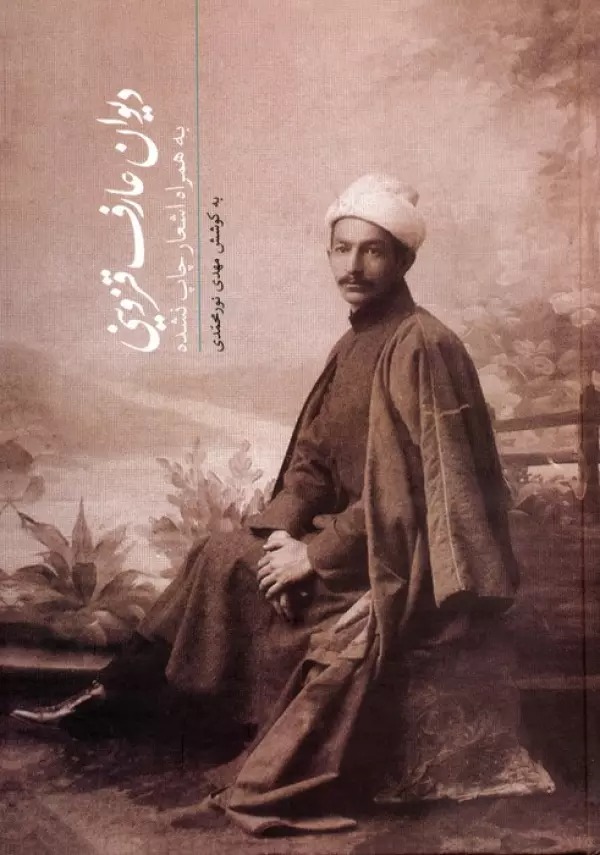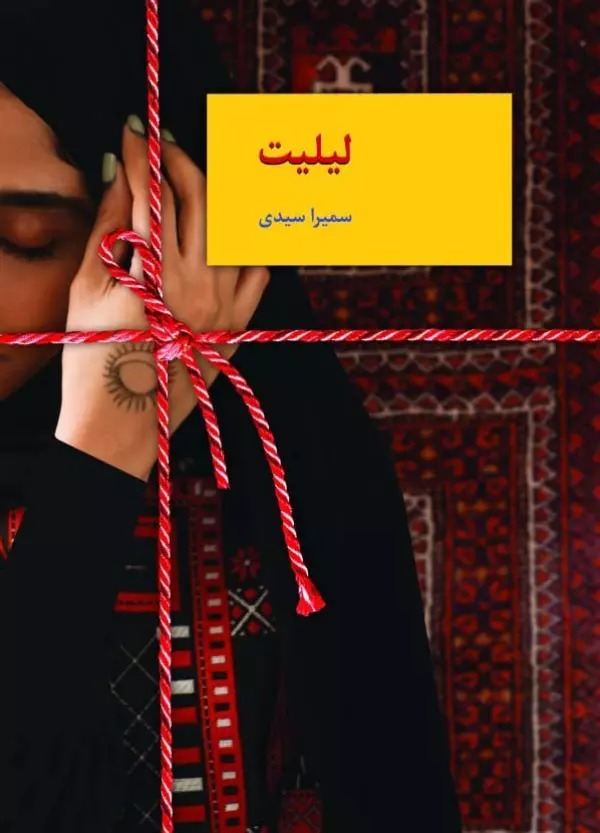Kitāb-i Garshāsb: Persian 1401
کتاب گرشاسپ
368 SEK
Share
Wishlist
Gershasp Saman is a heroic hero and the most distinguished land warrior of Indo-Iranian culture, a character whose narrative number of years is from the oldest sources of Iranian mythology, the Indian Rig Veda and the Avesta (ancient to the second epic poem after Ferdowsi's Shahnameh, Garshasep's Nameh of Asdi Tosi and folk epics is close to The contemporary Naqali scrolls are more than three thousand and five hundred years long for a narrative that is perhaps the only one in the world. According to the anonymous author of the history of Sistan and Tsarih, Balami, the source of Asadi in writing Garshasp Namah, a part of the "Great Shahnameh of Abul Muayid Balkhi" In the 4th century - the era of the peak of Shahnameh writings based on Khudanamehs during the Iranism movement of the Samanids, it was known as the "Book of Gershasp", the book of Gershasp has disappeared, but we have borrowed its name for the present text, which does not have a name, because, until Today, it is the only independent epic work that has been obtained about Gershasab. The present text is from the scrolls of Naqali and the special heroes of Gershasab and parts of the lives of his children Nariman and Sam. Although the version of this narrative is Qajar and belongs to 5331 AH, it is clear Its author, Murshid Qoli, is one of the epics of the readers of the Naqali School of Tehran, based on a Safavid text called "Tomar Shah Tahmasbi", written in 2101 AH; It means that its source is older than the oldest known Persian scrolls. The introduction of the present book examines the course of the legend of Gershasp from ancient times to middle and modern times. The scroll also has a simple and catchy language that is close to the language of the people and is not devoid of pleasant images and descriptions, and the sweetness of reading the narrative of the most unique dragon slayer of the ancient era turns into a pleasant experience.
more
گرشاسپ سامان قهرمان ترسالی و ممتازترین پهلوان خشکی ستیز فرهنگ هند و ایرانی است شخصیتی که شمار سالیان روایتش از کهن ترین منابع اساطیر ایران ریگ ودای هندی و اوستای (قدیم تا دومین منظومه حماسی پس از شاهنامه فردوسی گرشاسب نامه اسدی طوسی و حماسه های عامیانه نزدیک به معاصر طومارهای نقالی فزون تر از سه هزار و پانصد سال است درازنایی از تاریخ برای یک روایت که شاید در جهان یگانه باشد. بنا به قول نویسنده گمنام تاریخ سیستان و تصریح ،بلعمی، منبع اسدی در سرودن گرشاسپ نامه بخشی از «شاهنامه بزرگ ابوالمؤید بلخی در قرن چهارم - عصر اوج تألیف شاهنامه های منشور بر پایۀ خدای نامه ها در نهضت ایران گرایی سامانیان بوده موسوم به «کتاب گرشاسپ» بوده است کتاب گرشاسپ از میان رفته اما نامش را برای متن حاضر که نامی نداشته به عاریت گرفته ایم، چون تا امروز تنها اثر حماسی مستقلی است که درباره گرشاسب به دست آمده است. متن حاضر از جنس طومارهای نقالی و ویژه پهلوانی های گرشاسب و بخش هایی از زندگی فرزندانش نریمان و سام است نسخه این روایت اگر چه قاجاری و متعلق به ۵۳۳۱ هجری قمری است به تصریح کاتب آن مرشد قلی از حماسه خوانان مکتب نقالی طهران برپایه یک متن صفوی موسوم به «طومار شاه طهماسبی»، تحریر ۲۱۰۱ ه.ق نگاشته شده است؛ یعنی منبع آن از کهن ترین طومارهای شناخته شده فارسی نیز قدیم تر است. مقدمه کتاب حاضر، سیر اسطوره گرشاسپ از عصر باستان تا دوران میانه و نو را بررسی کرده است. طومار نیز زبانی ساده و گیرا دارد که در عین نزدیکی به زبان مردم از تصاویر و توصیف های دلنشین تهی نیست و شیرینی خواندن روایت یگانه ترین پهلوان اژدهاکش عصر باستان را بدل به تجربه ای دلپذیر می کند.
more

